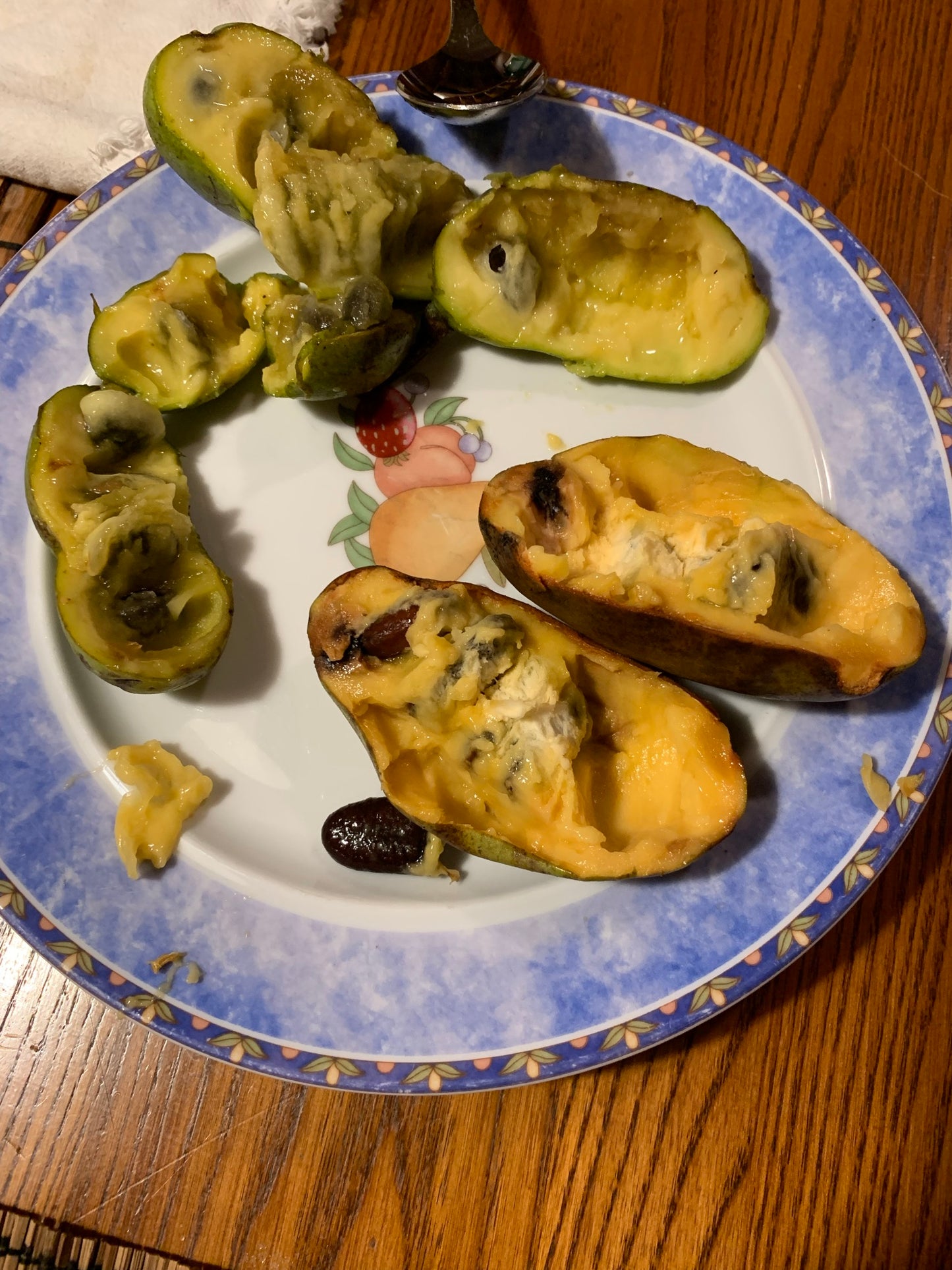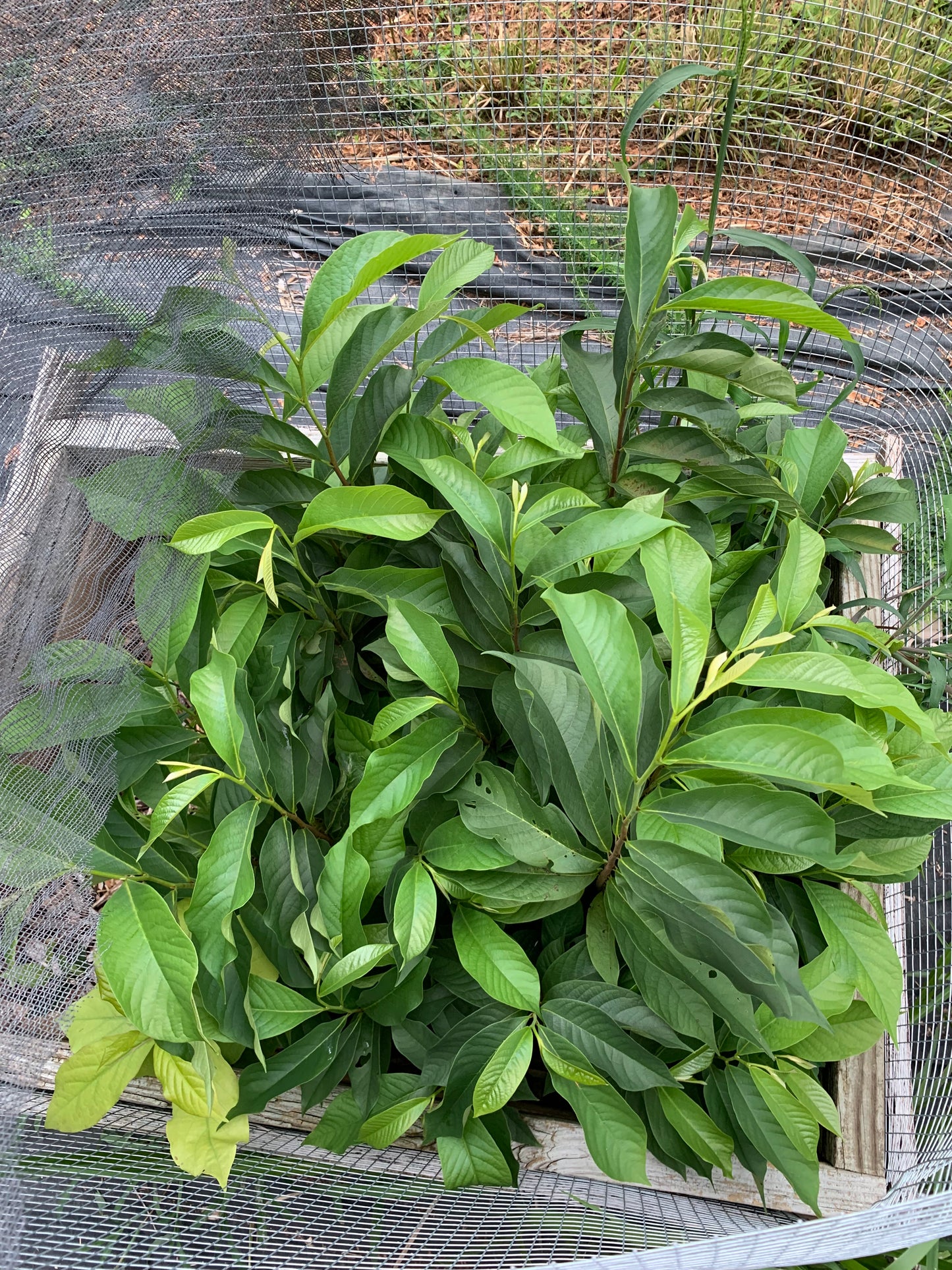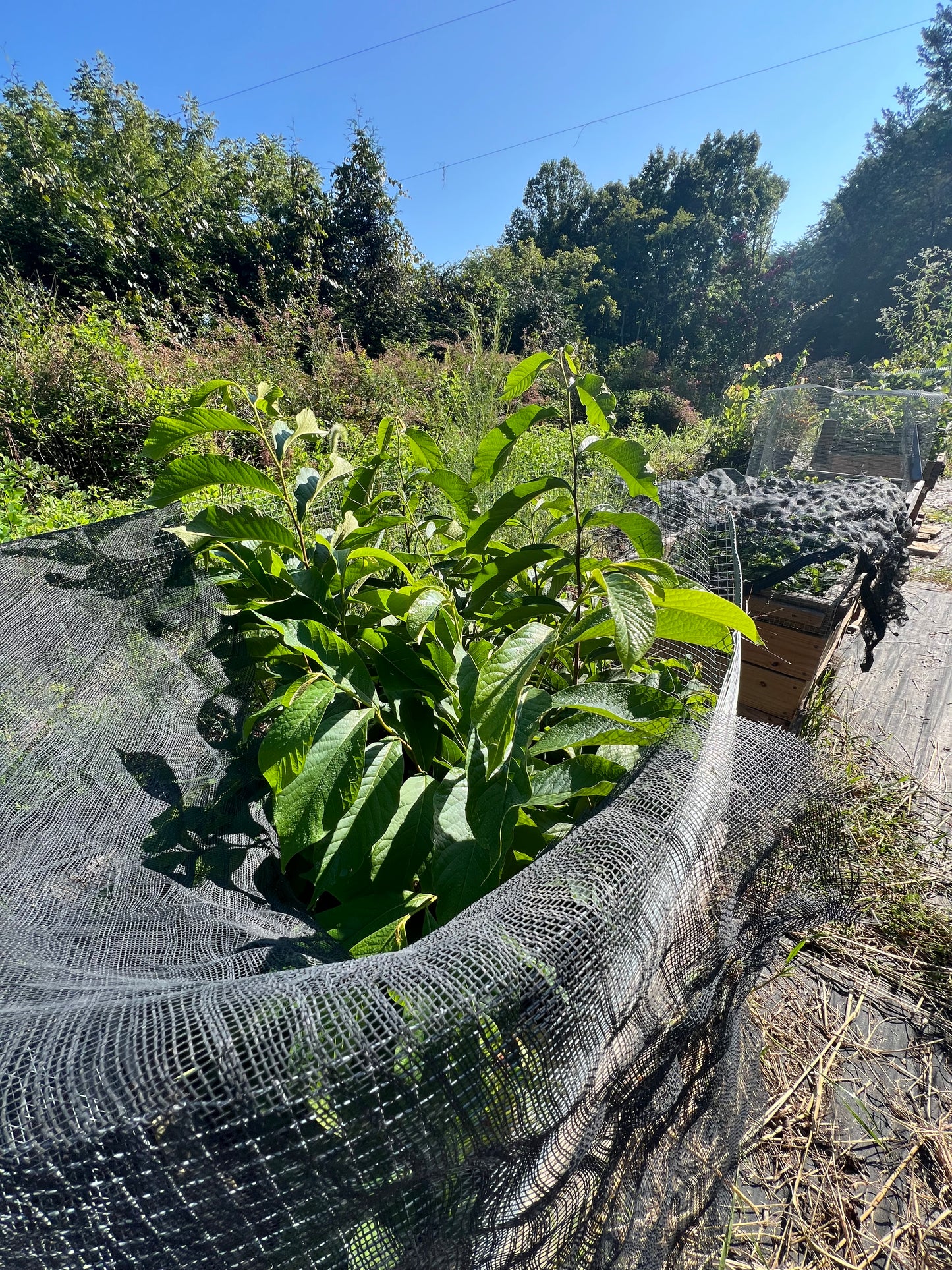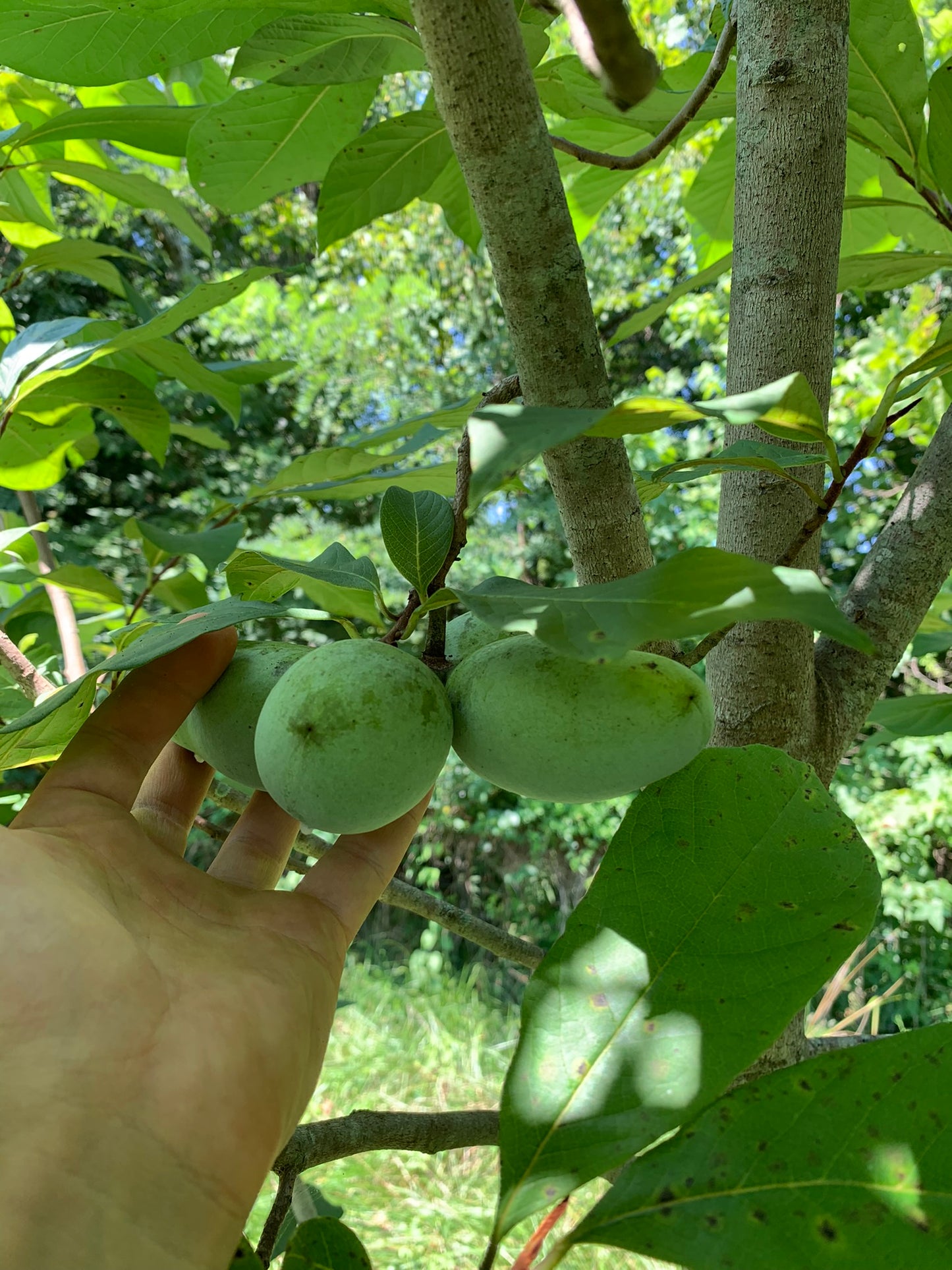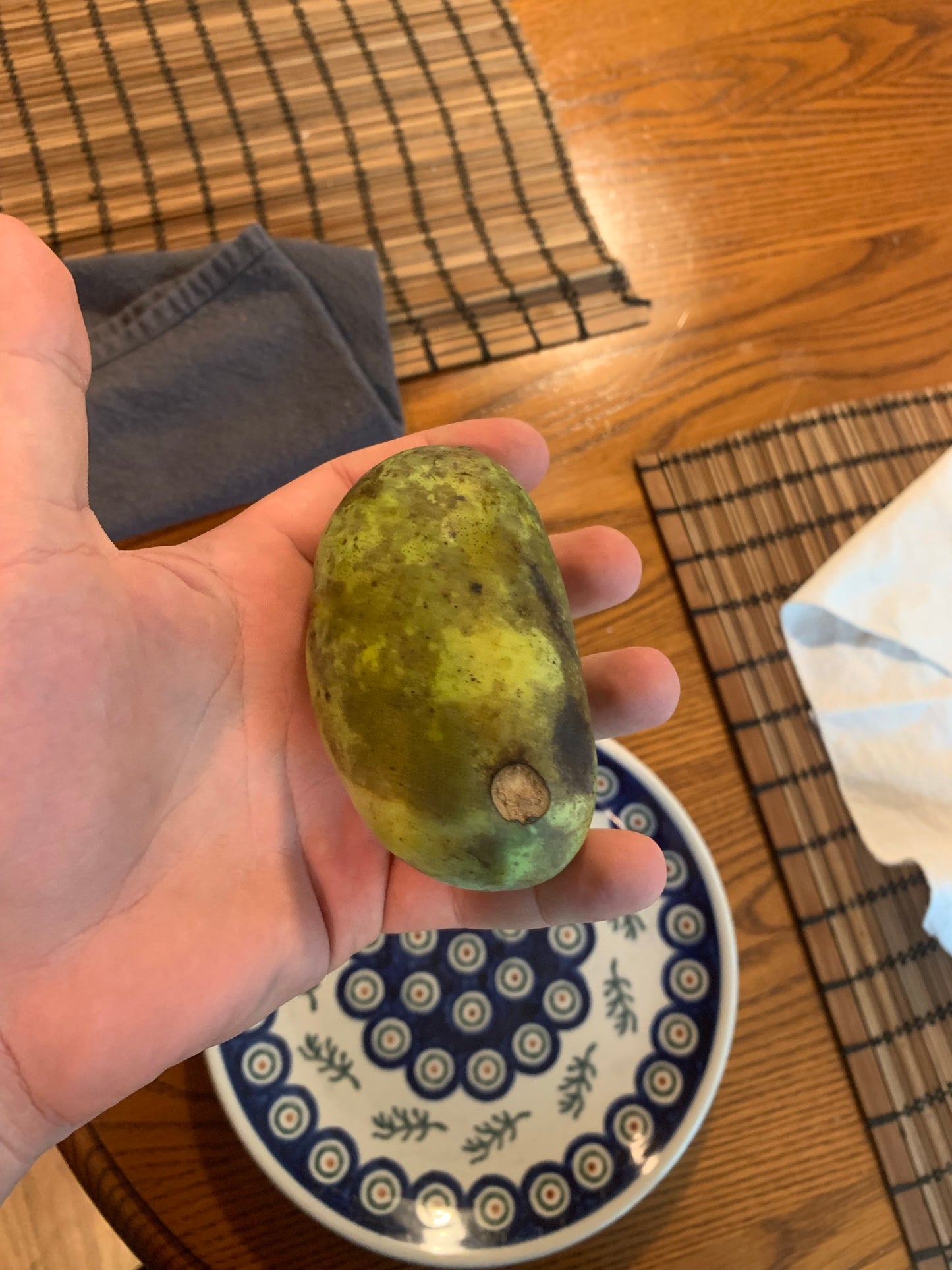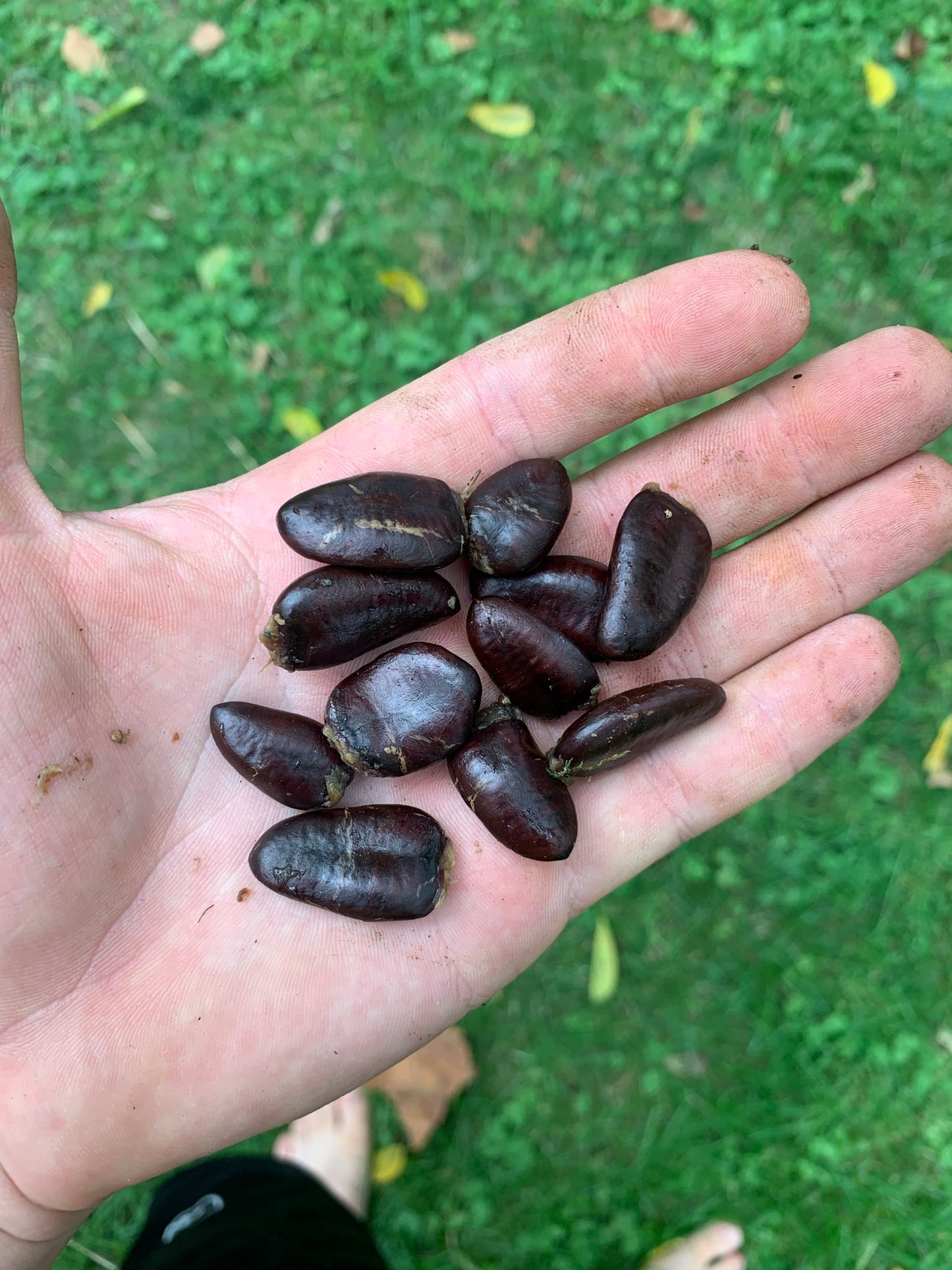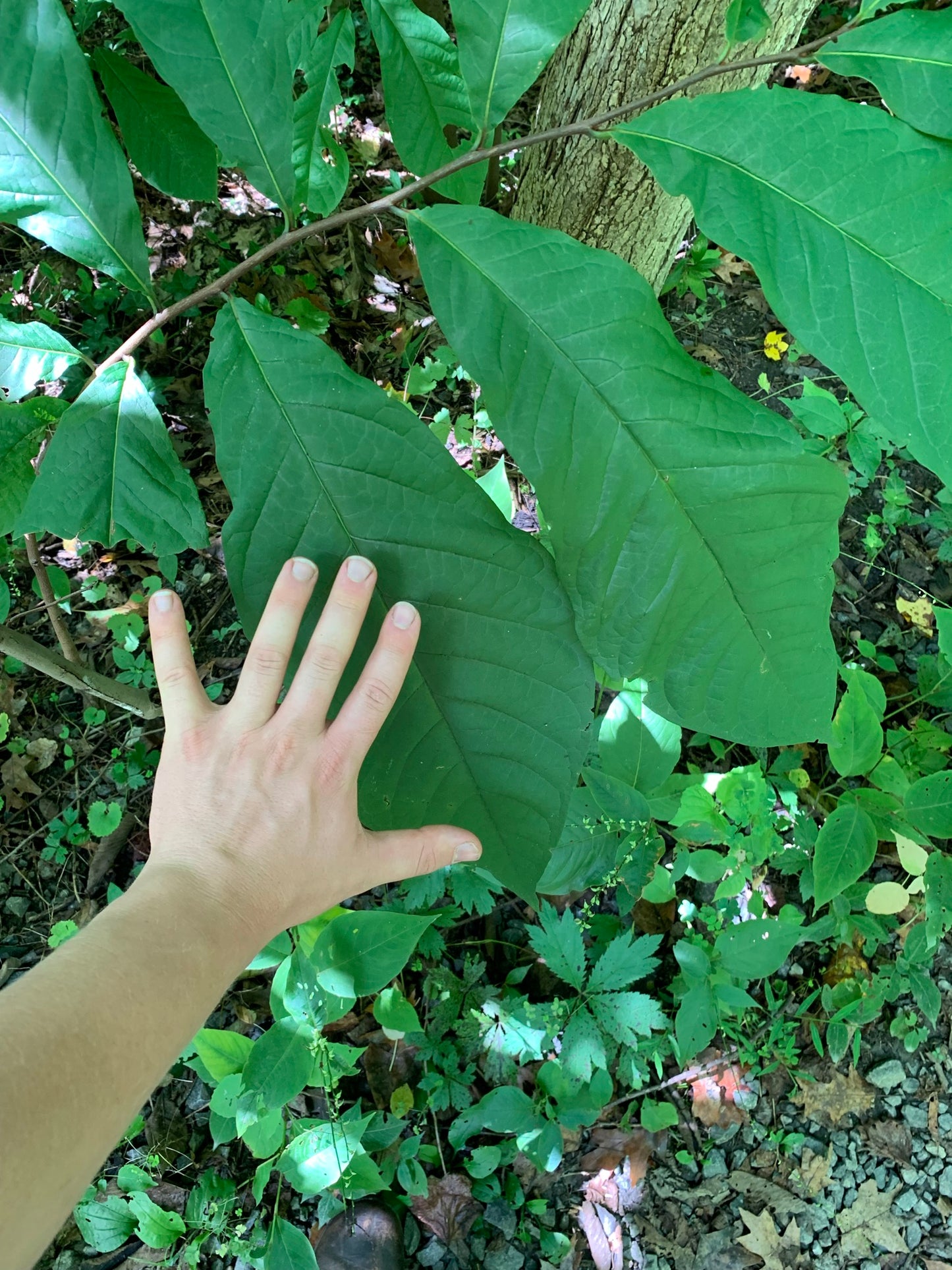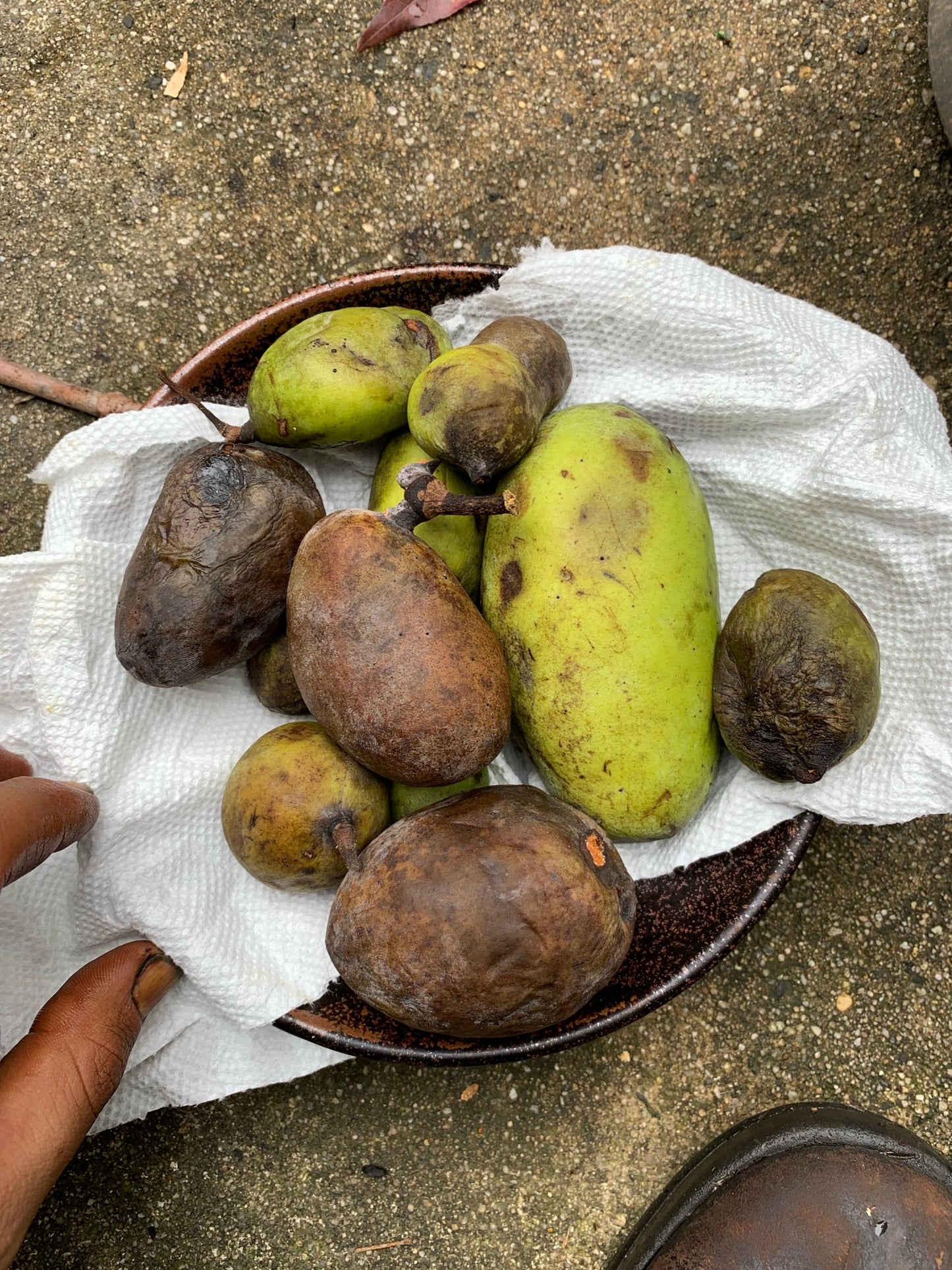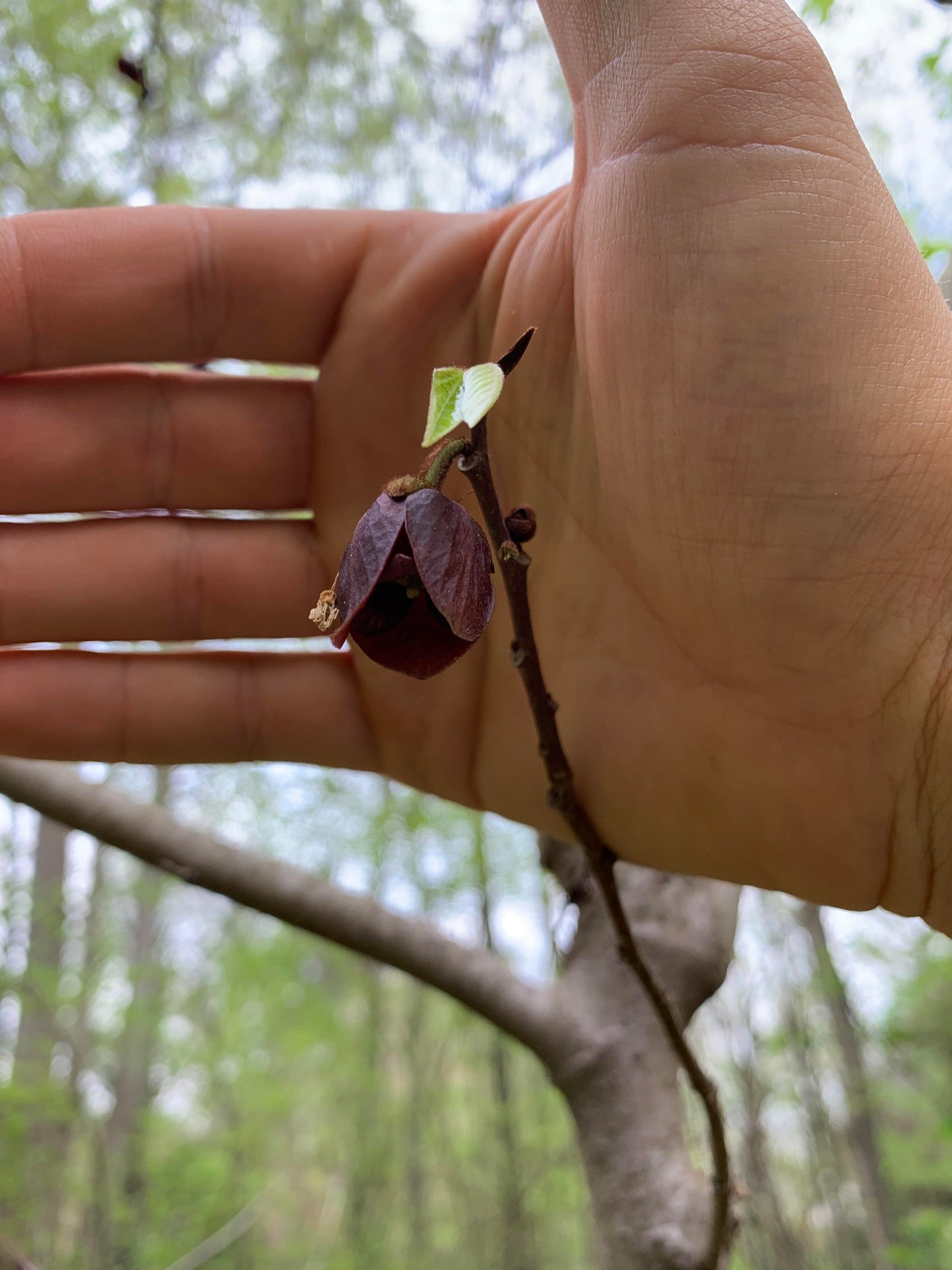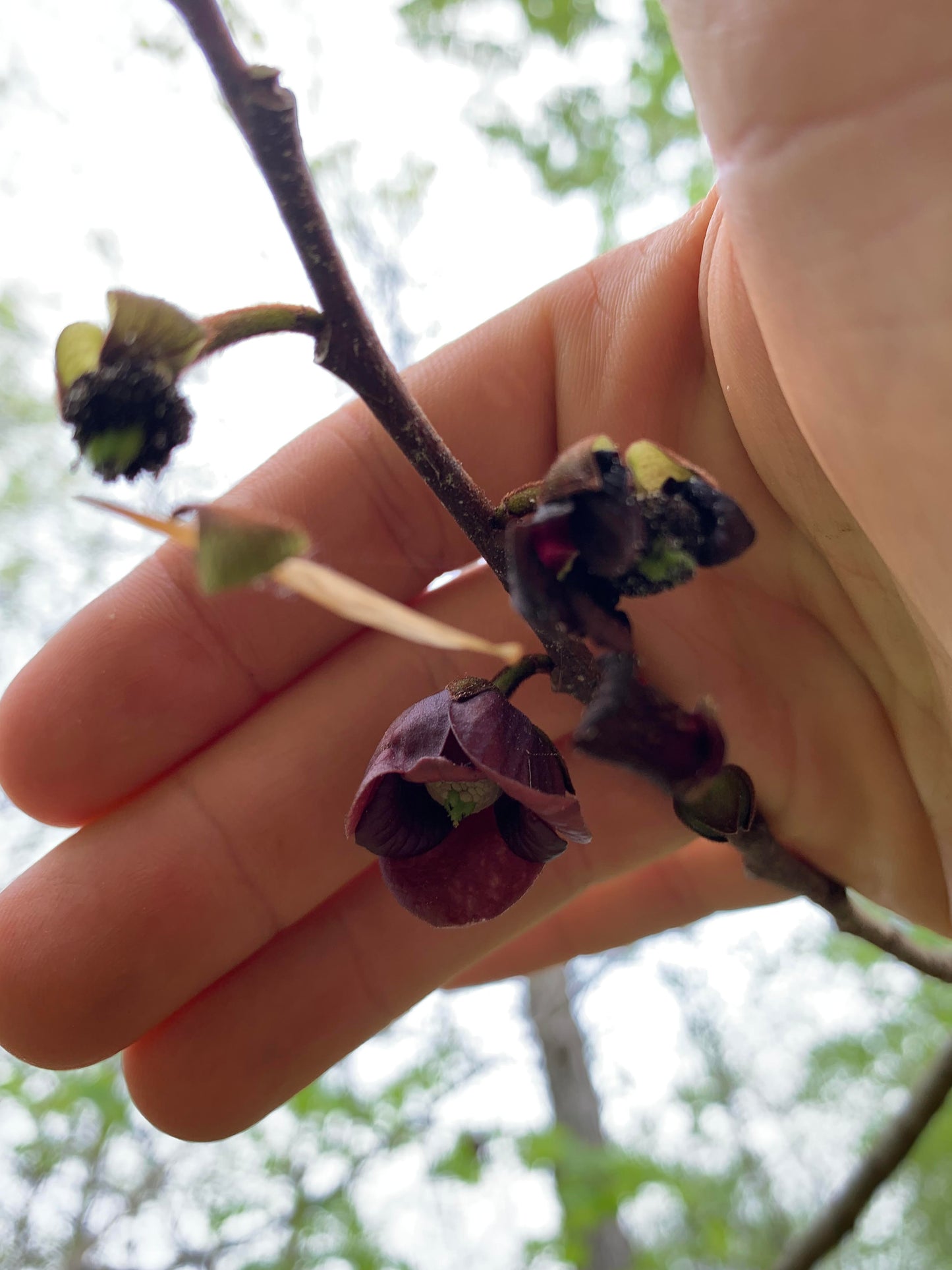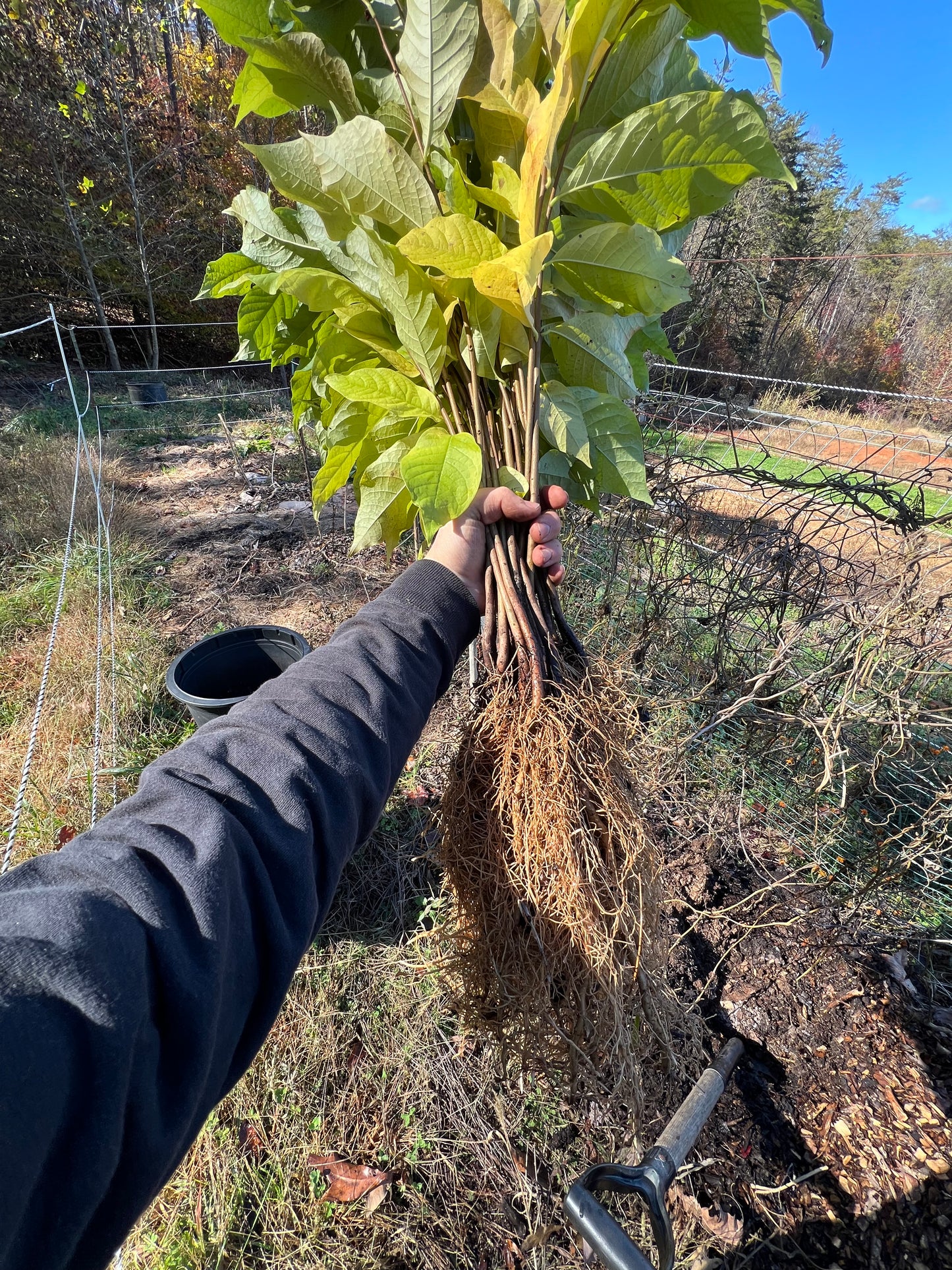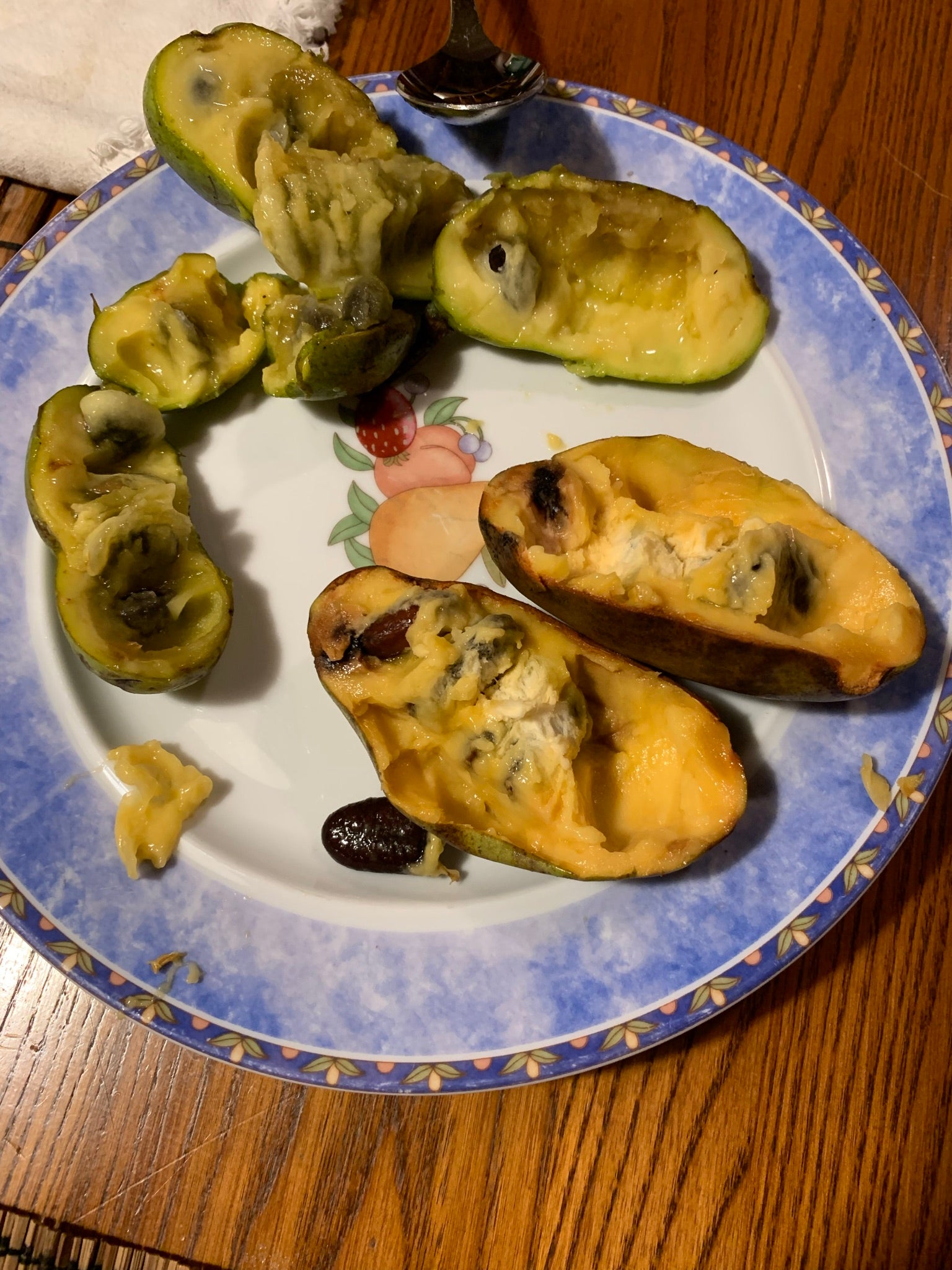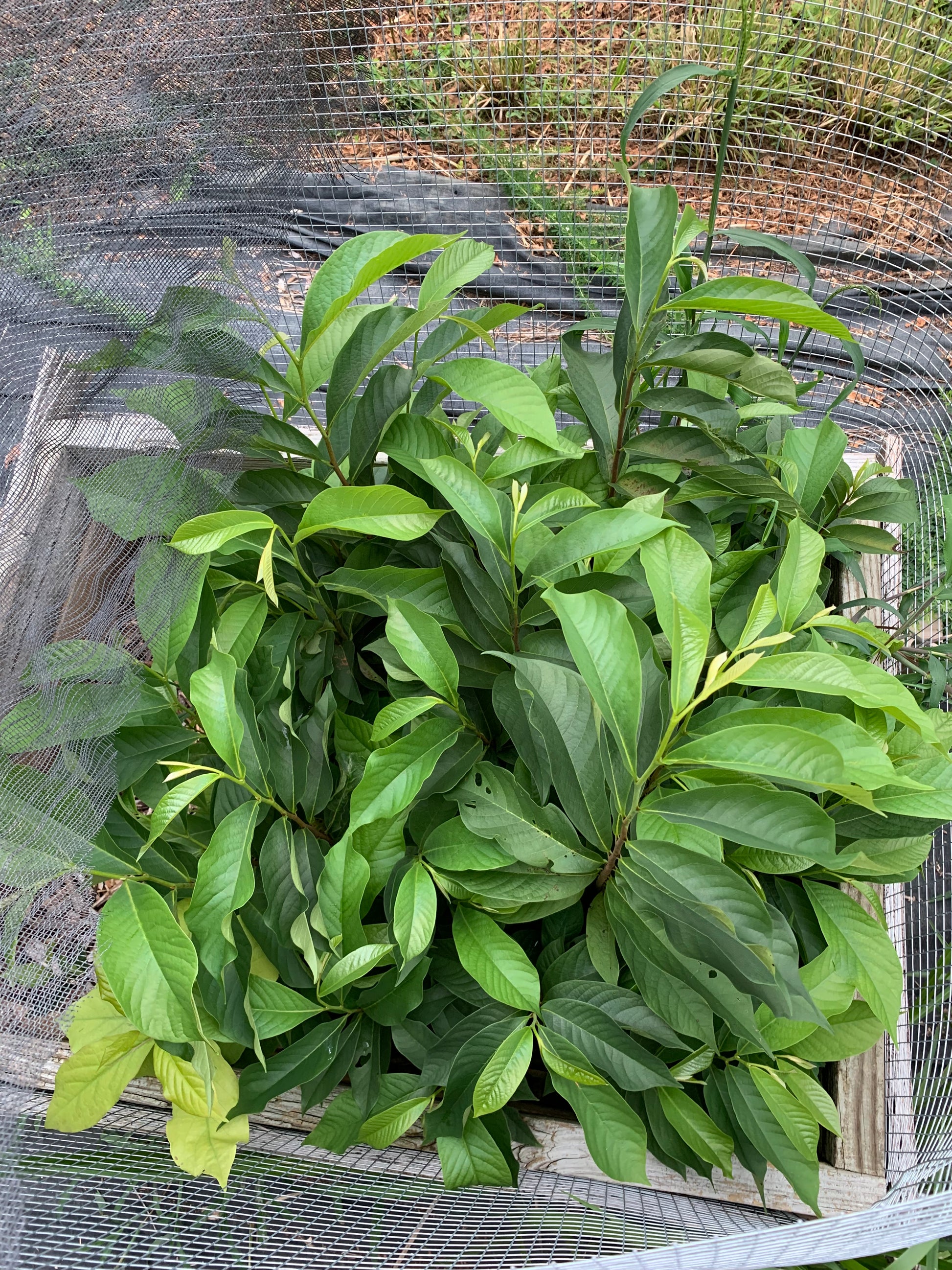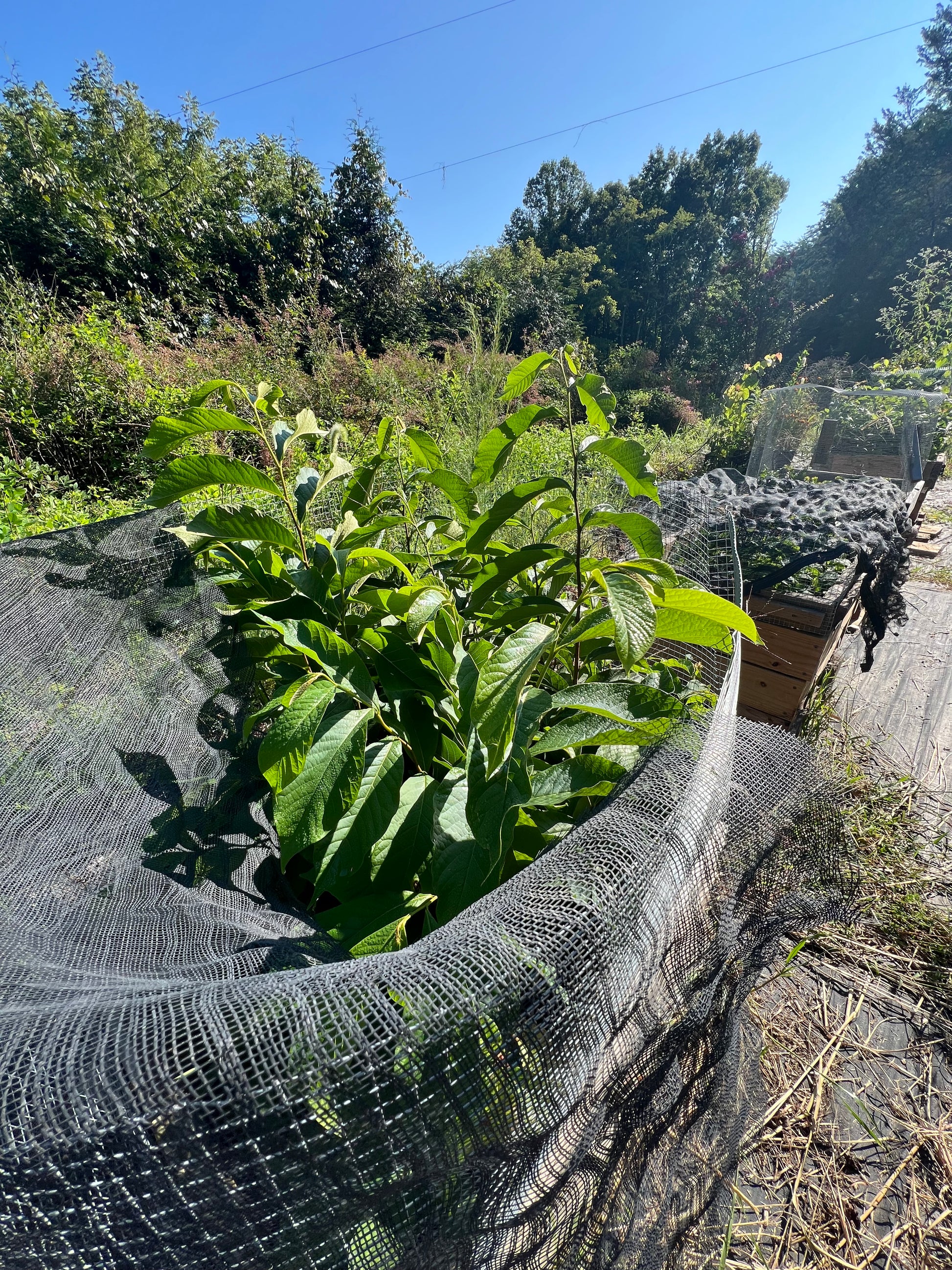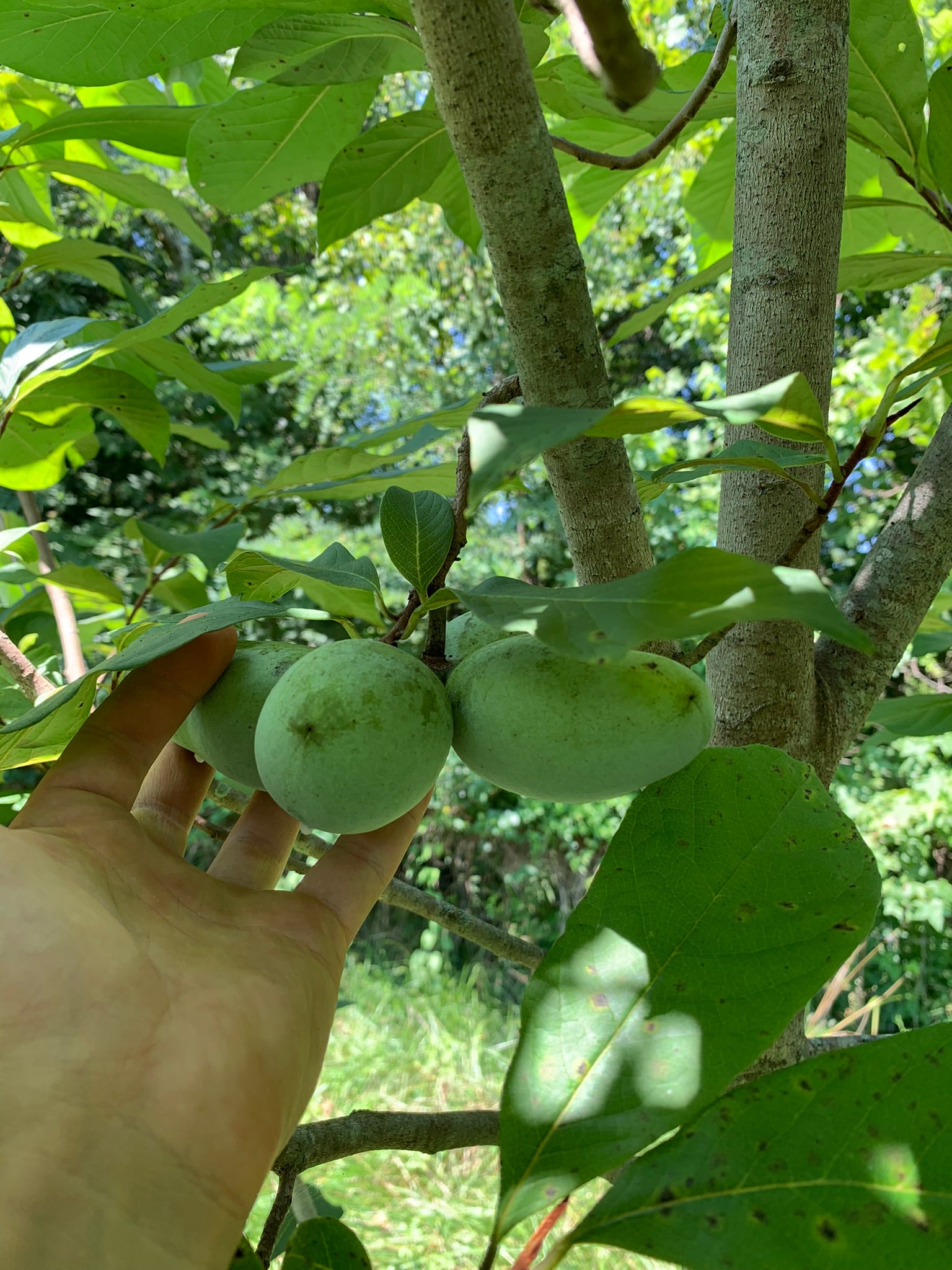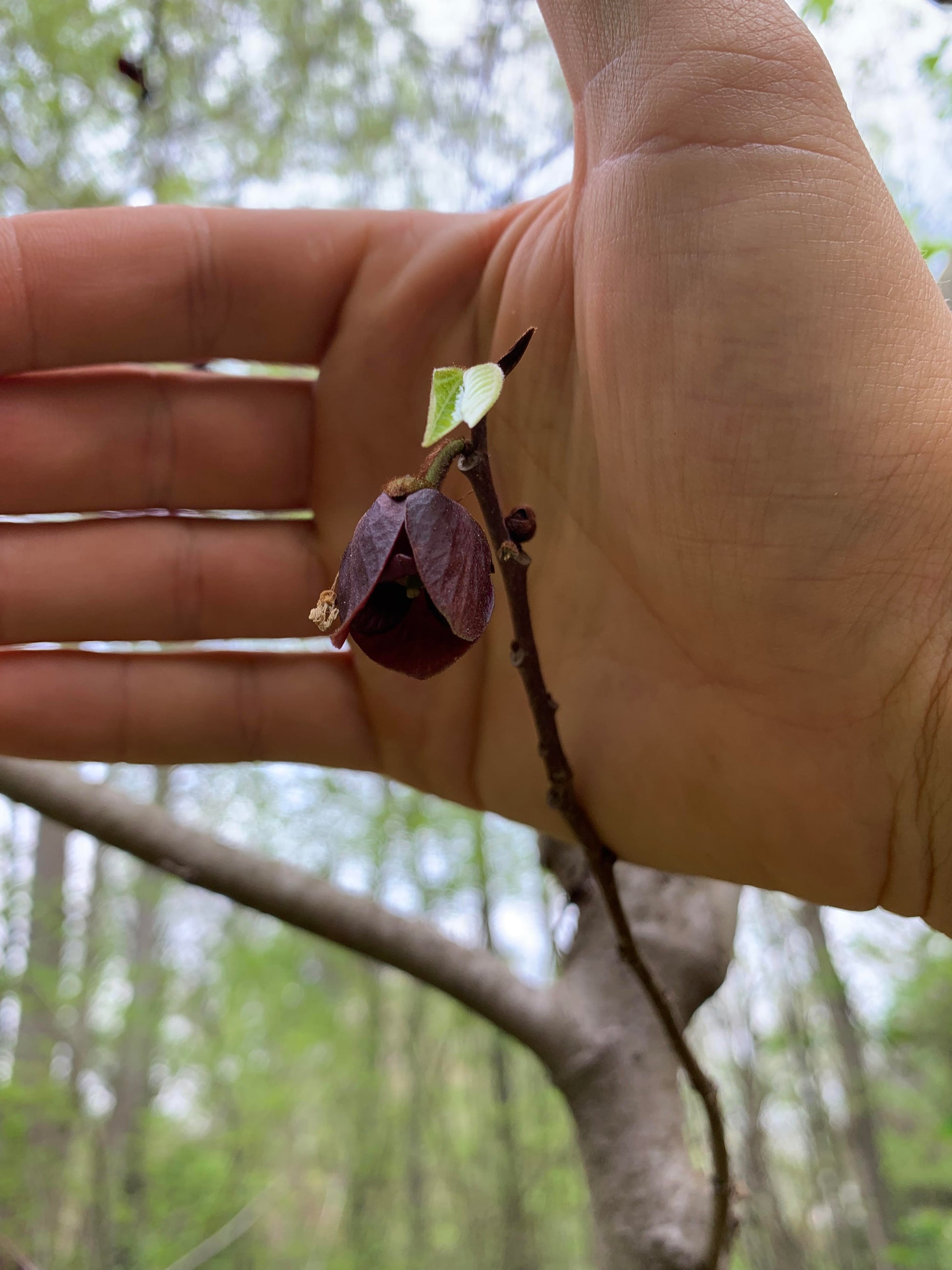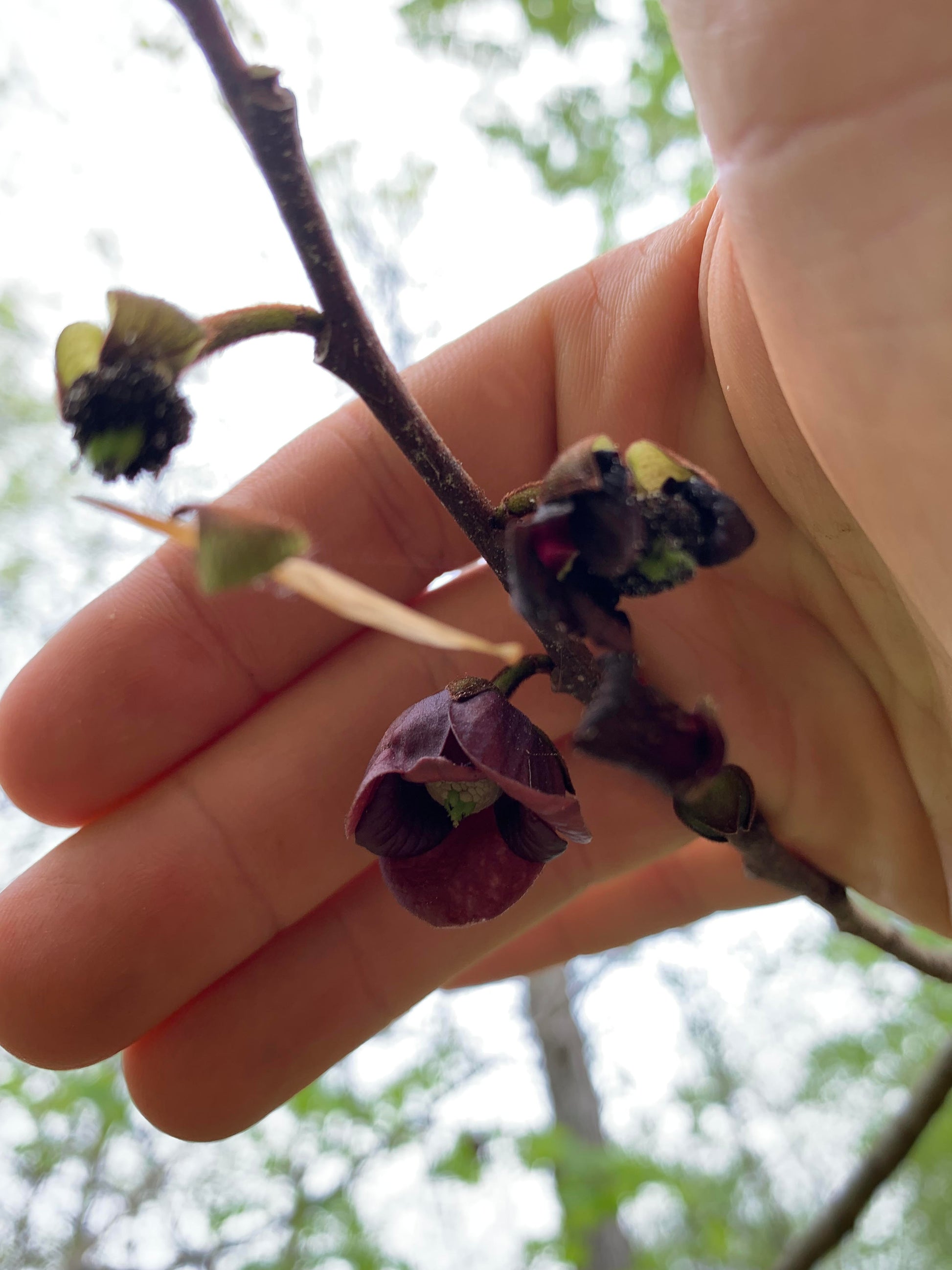Living Soil Tree Farm
Paw Paw
Paw Paw
Couldn't load pickup availability
Paw Paw (Asimina triloba) BARE ROOT TREES WILL BEGIN SHIPPING OCT/NOV.
Paw paw is a small tree native to the eastern United States. It is primarily grown for its fruit although it also has ornamental value. Humans have planted paw paw trees successfully outside its range in hardiness zones 5 through 8. Although the tree itself is small the fruits can be large. Fruit size varies from tree to tree ranging from the size of an egg to the size of a baked potato. The trees will typically grow up to 35 feet tall and occasionally reach 45 feet. Paw Paws are generally not as wide as they are tall. Trunks typically max out at 8-12 inch diameter.
Animals of all sorts (including humans) will travel great distance to paw paw trees when the fruit are ripe. The fruits are unlike anything that can be found in a grocery store. The taste varies from tree to tree but generally speaking is often described as a mix of banana and mango. The consistency of the fruit is custard like and there are large inedible seeds. The thin skin is also inedible and paw paw are commonly eaten by scooping flesh out with a spoon. The number of seeds ranges from tree to tree. Some paw paws are "free stone" like peaches and have seeds that easily separate from the fruit flesh. Others have seed that clings to fruit flesh making it more challenging to remove seeds.
Breeding work has been done on the paw paw over many thousands of years by native peoples and for a much shorter time by modern institutions. This work has lead to many named cultivars with various beneficial qualities such as larger fruit, less seeds per fruit, improved taste, and regional adaptation. Fruit typically ripens in August through October depending on variety and region. Multiple genetically distinct trees are required for good pollination. Interestingly paw paw are pollinated by beetles. Paw paw will form dense thickets by sending out suckers. If you find a paw paw patch in the wild there is a decent chance all the stems are from one seed originally.
It is important to note that paw paw require shade during their first year but can handle full sun after that if they receive adequate water. More sun will lead to more fruit production. Paw paw can also happily grow in dense shade although fruit production will be greatly decreased. Paw paw trees that are transplanted may also benefit from shade during the establishment period regardless of their age. This can be accomplished with a tomato cage and some burlap or shade cloth.
Paw Paw trees like water. In the wild they are often found growing near streams and rivers. In cultivation they benefit from consistent soil moisture. This can be a result of ground water & rain or irrigation. As always thick mulch is highly recommended. We find that irrigation is most important during establishment in areas with full sun. Paw Paw grow best on well drained soils. Areas near moving water often have well drained soils but they can sometimes have more compacted mucky soils. In the later situation we recommend planting in mounds to improve drainage.
If you find a wild paw paw patch that has valuable qualities we would love to work out a trade for some seed! If you do any paw paw seed collection it is important to keep these seeds moist. Happy hunting!
2025 selections
Wild
Our seed for this selection came from wild trees near Bassett VA along the Smith River. Most of these fruits were small to medium sized. This selection is not a good choice for orchards where salable fruit is the main goal however this selection would be great for ecological plantings in the SW VA region.
Breeding Mix
Seed for this selection came from a breeding orchard of around 400 paw paw trees in Central NC. The care takers of this orchard would like to remain anonymous for now. What we can say about the orchard is that it contains dozens of grafted named varieties and many seedlings of grafted parents. This selection will produce diverse offspring, many of which will make high quality salable fruit. Paw paw trees tend to resemble their parents.
2024 selections
Minka Farms - BARE ROOT
This seed came from fruit gathered at Minka Farm's paw paw orchard near Mebane NC. Varieties in this orchard include Wells, Mango, and NC-1. Paw paw grown from seed tend to resemble their parents so this batch of seedlings is expected to produce high quality fruit. We have both one year old and two year old trees from this seed source available. The two year old trees are larger and priced accordingly.
Feralwood breeders mix - BARE ROOT
This seed came from Feralwood nursery in Western NC. We highly recommend checking them out if you haven't already. Here is what they have to say about this selection, "a mix of seed sourced from different orchards or programs where breeding operations are taking place. The 2023 batch being sold at present contains seed sourced from the KSU breeding program, as well as the orchards of Jerry Lehman and Ron Powell. The mix is roughly composed of equal numbers of seed from each source". We expect these seedlings will produce high quality fruit.
2024 Mix - BARE ROOT
Seeds for this batch came from many different populations of wild paw paw growing near Hillsborough and Durham NC. Fruit size ranged from small to medium. Flavors ranged as well, we were not able to taste all of the fruits. This paw paw selection is recommended for wildlife planting and native habitat restoration but is not recommended for on farm fruit production. These trees would make good root stock for grafting as well.
Materials
Materials
Shipping & Returns
Shipping & Returns
Dimensions
Dimensions
Care Instructions
Care Instructions
